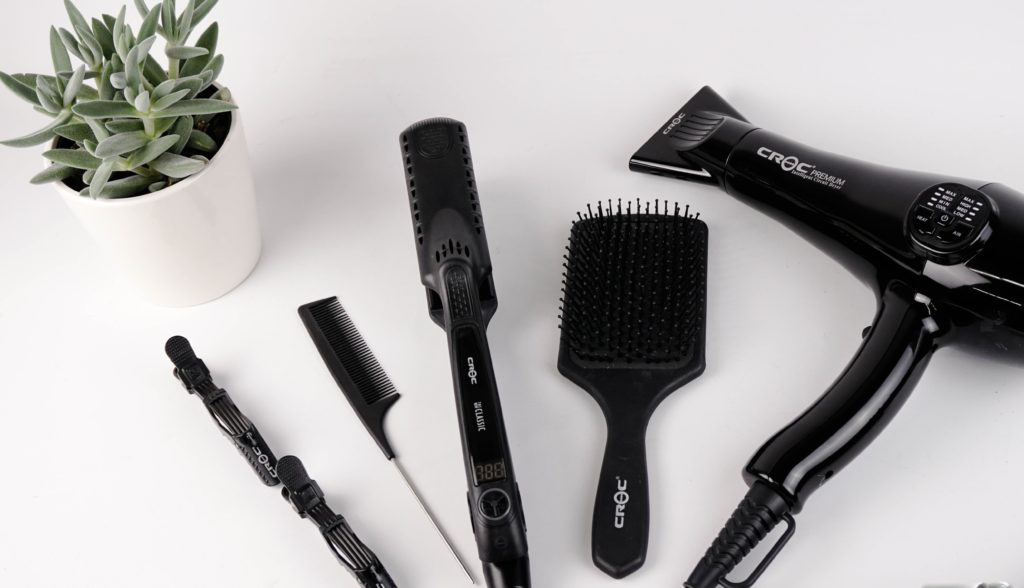Dealing with a Lousy Situation: A Guide to Eradicating Head Lice
Head lice are tiny, wingless insects that feed on human blood from the scalp. While not life-threatening, head lice infestations can be a nuisance, causing itching, irritation, and social stigma. This comprehensive guide equips you with the knowledge and tools to effectively eliminate head lice and prevent future infestations.
Understanding Head Lice
Head lice (Pediculus humanus capitis) are parasitic insects that live close to the scalp and lay eggs (nits) on hair shafts. They are most commonly found in children attending daycare or school settings where close head-to-head contact is frequent.
Here’s a breakdown of the head lice life cycle:
- Eggs (nits): Lice lay nits close to the scalp, typically within ¼ inch from the hair follicle. Nits are oval-shaped, tiny, and usually translucent or white/yellow in color.
- Nymphs: Nits hatch into nymphs within a week. Nymphs resemble adult lice but are smaller and cannot reproduce. They go through three nymphal stages before becoming adults.
- Adults: Adult lice are about the size of a sesame seed and reddish-brown in color. They live for around 30 days and require blood meals several times a day to survive.
Signs and Symptoms of Head Lice
The most common symptom of a head lice infestation is intense itching on the scalp, particularly around the ears and back of the head. Other signs may include:
- Visible nits attached to hair shafts near the scalp
- Scratching that can lead to sores or scabs on the head
- Feeling lice crawling in the hair (less common)
- Difficulty sleeping due to itching
How Long Can Lice Live Off the Head?
Head lice cannot survive for long periods away from a human scalp. Here’s a breakdown of their lifespan outside a host:
- Adult lice: Adults typically die within 1-2 days without a blood meal.
- Nits: Nits can survive for up to a week off the head, but they cannot hatch without the warmth and humidity of the scalp.
Table: Head Lice Lifespan
| Life Stage | Lifespan Off the Head | Reference |
|---|---|---|
| Adult lice | 1-2 days | National Institutes of Health (.gov) |
| Nits | Up to 1 week (cannot hatch) | National Institutes of Health (.gov) |
Treatment Options for Head Lice
Several treatment options are available for head lice infestation. Here’s an overview of common approaches:
- Over-the-counter (OTC) medicated shampoos: These shampoos contain ingredients that kill lice and nits. However, lice have become increasingly resistant to some OTC medications.
- Prescription medications: If OTC treatments are ineffective, your doctor may prescribe stronger medicated shampoos or oral medications.
- Wet combing: This manual method involves using a special fine-toothed comb to physically remove lice and nits from the hair. It’s often combined with other treatment methods for optimal results.
Preventing the Spread of Head Lice
Head lice are highly contagious and can spread easily through head-to-head contact or sharing personal belongings like hats, brushes, or combs. Here are some preventive measures:
- Regular head checks: Inspect your child’s scalp and hair for lice or nits weekly, especially after sleepovers or close contact with others who have lice.
- Avoid head-to-head contact: Discourage children from sharing hats, combs, brushes, or other personal items.
- Cleanliness: Machine-wash hats, bedding, and stuffed animals in hot water (at least 130°F or 54°C) to kill any lice or nits.
- Education: Educate children about head lice and the importance of good hygiene practices to prevent transmission.
FAQ: Head Lice and Hairbrushes
Q: How long can lice live on a hairbrush?
Adult lice typically die within 1-2 days off the head. However, nits can survive on a hairbrush for up to a week, although they cannot hatch without the warmth and humidity of the scalp.
Q: Should I throw away my hairbrush if I have lice?
While not essential, it’s recommended to disinfect your hairbrush as a precaution to prevent lice reinfestation. Soak the brush in hot water (at least 130°F or 54).
Living with Head Lice
While head lice can be a nuisance, they are not a health hazard. Here are some additional points to remember:
- Avoid scratching: Scratching can irritate the scalp and lead to secondary infections. Encourage your child to use a cool compress or a gentle scalp massage to soothe itching.
- School attendance: Most schools do not require children with head lice to stay home once treatment has begun. However, it’s crucial to inform the school nurse of the infestation.
- Stigma: Head lice infestations are not a reflection of hygiene and can happen to anyone. Reassure your child and encourage open communication to prevent social stigma.






More Stories
Where to Watch USMNT vs Jamaica National Football Team
How I Met My Monster
How Should a Ring Fit